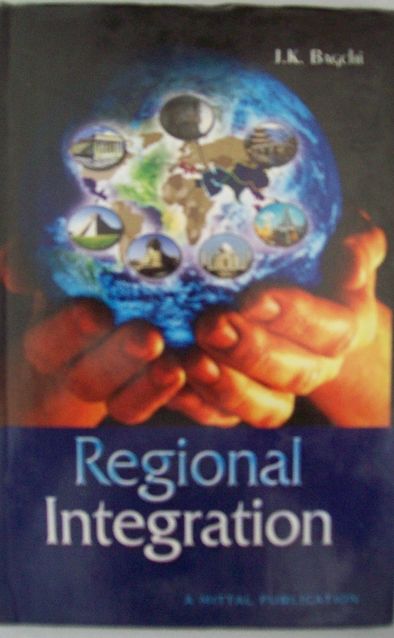Regional Integration
Regular price
Rs. 350.00
It is fairly known that India has been an important player in the WTO multilateral forum. Apart from consistently following WTO mandate by legislative measures, India has taken up issues fearlessly on behalf of LDCs and poor developing countries. Today, Indian points are heard with rapt attention in important meetings. The steady record of democracy has given India a great prestige and leadership. Regionalism has a great appeal of its own. The great increase over the recent period has given this a position of eminence. The concept of Regional Integration was considered eminently appropriate. The author has taken great pains to analyse its implication vis-à-vis investment, economic growth, domestic policies, etc. Special care has been taken to compare the Regional integration with Bilateralism and Multilaterism. Attention of the readers has been drawn to the spate of Bilateral Agreements being drawn up by certain countries who are supposed to be great votaries of WTO. A remarkable feature of this treatise is the classification of countries. in this original contribution, the entire world has been divided into five groups. On one side, the USA is extending leadership to multilateral, regional and bilateral issues,. A second group is led by the European Community. a great regional power and also supporting WTO fully. Japan, a resource-rich country, heads the third group and is helping countries in Asia without becoming formally any regional outfit. The fourth group includes countries like China and India, where all support is being given to countries, particularly ASEAN, without any regional trappings, except marginally. Finally, we have the Fifth Group countries in Russia and Africa, where self-interest has been the determining factor. While taking up this complex task the author has received abundant support form experts. libraries, the World Bank and others.
Guaranteed Safe Checkout





